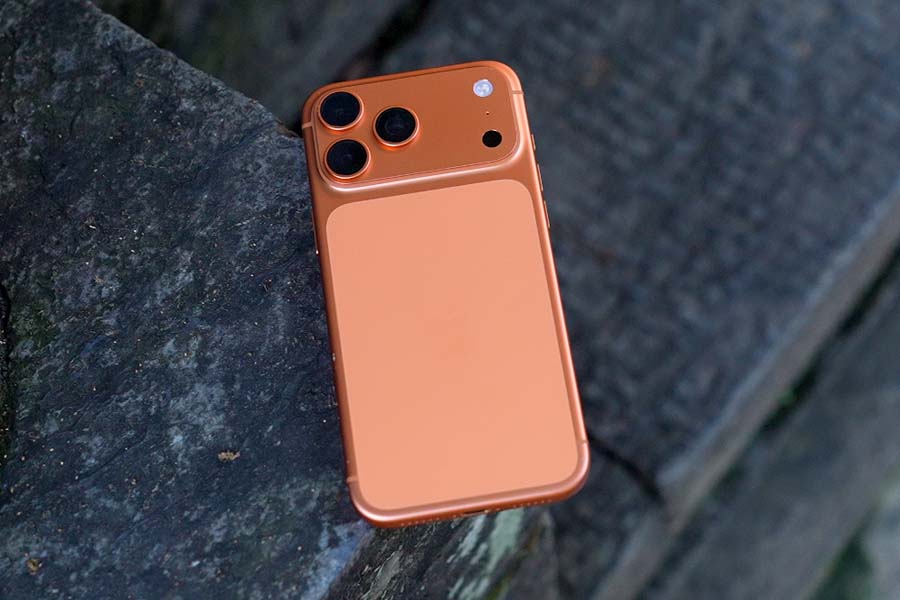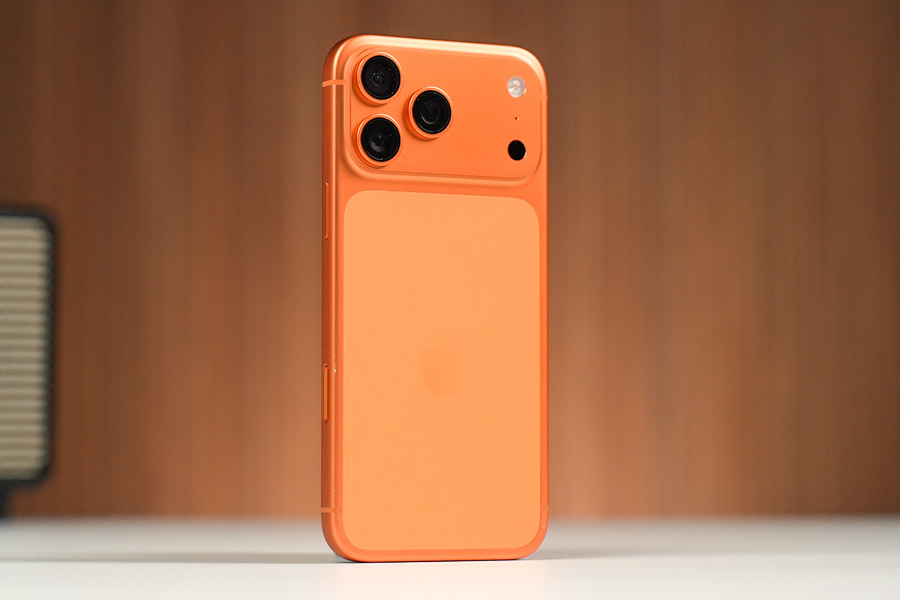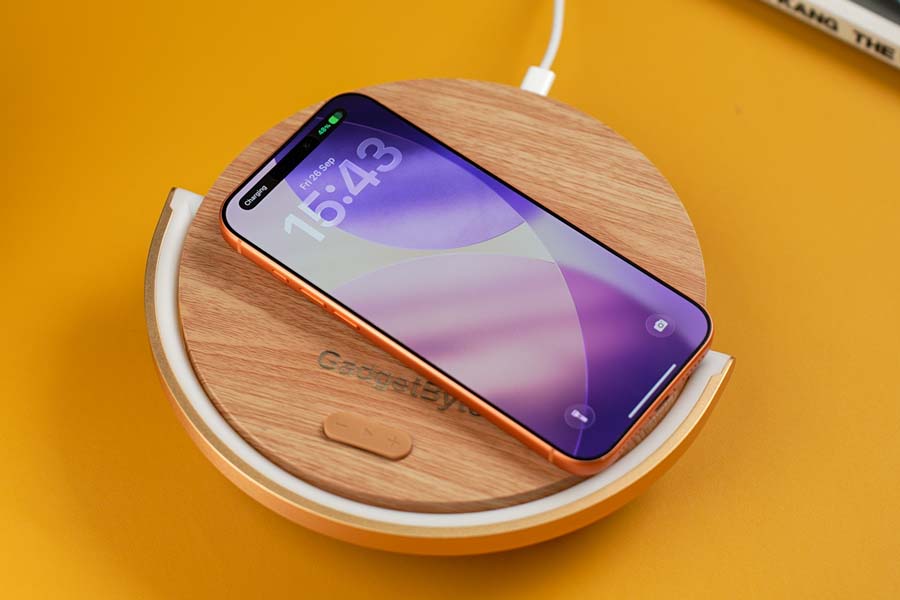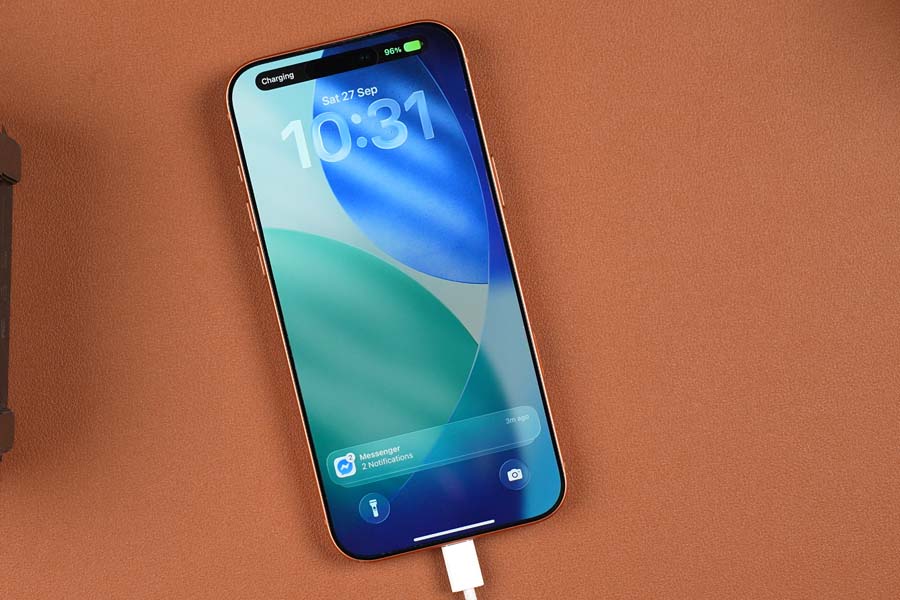So, the iPhone 17 series has been receiving overwhelming love all over the world. Pre-orders are up by 19% compared to last year’s iPhone 16 series, and it looks like this is going to be a great year for Apple!
There’s so much to like about the iPhone 17 lineup—well, maybe except for the iPhone Air. I honestly think you should not get the iPhone Air because there are just so many compromises to achieve that slim factor!
Personally, the base iPhone 17 is my favourite, and I am guessing it will win “the phone of the year” award from all the top reviewers! Now, without further ado, let me walk you through my experience with the iPhone 17 Pro and the 17 Pro Max.
iPhone 17 Pro Max Specifications
- Design, build: 163.4 x 78 x 8.75 mm, 233 gm, IP68 rating
- Display: 6.9-inch OLED screen, FHD+, 120Hz refresh rate (LTPO)
- Chipset: Apple A19 Pro (3nm mobile platform)
- Memory: 12GB RAM, 256GB to 2TB storage (non-expandable)
- Software & UI: iOS 26
- Rear Camera: Triple (48MP primary, 48MP ultrawide, 48MP telephoto)
- Front Camera: 18MP “Center Stage” camera (Dynamic Island)
- Security: Face ID (via the front camera)
- Connectivity: Dual-SIM (Nano), WiFi 7 (dual-band), Bluetooth 6, GPS / Glonass / Galileo / BeiDou / QZSS / NavIC, USB-C, 4G LTE, 5G
- Sensors: Accelerometer, Barometer, Dual ambient light, Gyroscope, LiDAR, Proximity
- Battery: 5,088 mAh with 25W wireless charging (no power adapter in the box)
Buy & Read full specs of iPhone 17 Pro Max here
iPhone 17 Pro Max Review
Design
And the first big upgrade here is, of course, the design. And because of this new design, I’m sure lots and lots of users are going to upgrade to the iPhone 17 Pro — even last year’s 16 Pro users.
Personally, I really like this new design – despite the mixed reaction. The back is mostly made of aluminium now, except for this portion, which is glass that covers the wireless charging coil. The frames and these edges are so seamless that they reminded me of my iPhone 6 days.
Apple, however, removed the Titanium frames, which are stronger/ more durable than aluminium, and they can resist scratches/dents better too. But Apple says they have decided to go with aluminium as it helps with better heat dissipation – which I think is a fair tradeoff!
At the back, we have the brand new Ceramic Shield 2, which Apple says is better drop resistant and 3x more scratch-resistant. Even in JerryRig’s video, where most phones scratch at level 6–7, the new iPhone 17 series only scratched at level 8.
And on the day I bought the iPhone 17 Pro Max, I accidentally dropped the phone straight onto concrete—surprisingly, nothing happened to the phone. Just a few scuffs! And I have been using the phone without a screen protector, and there are no visible scratches on the display – which is nice!
But online, people are noticing that the Orange and Blue colours pick up scratches on the camera module quite easily. Reviewers are already calling it “scratchgate. Even in my unit, the coating on the edge has already chipped off!
But all in all, this year’s design feels refreshing; finally, it doesn’t look like any previous iPhones, and the smooth curves give it an excellent in-hand feel.
Display

However, the display is practically unchanged from last year—it was already excellent, with one of the best touch responses on a smartphone, one of the best haptics and speaker output, and accurate colour calibration out of the box.
There are only two upgrades. No. 1, we get an Anti-Reflective Glass, which I found to be not as good as the Samsung Galaxy S25 Ultra, but still a good addition—it works quite well under harsh sunlight. That said, it does come with a trade-off: the 17 Pro Max actually looks a bit dimmer compared to last year’s 16 Pro Max, likely because of this extra layer.
And the second noticeable upgrade is that we can simply turn off PWM dimming entirely, so if you are someone sensitive to low-frequency flicker, you can disable the PWM dimming, and you will notice much less eye discomfort, fewer headaches, and less fatigue when using the phone at low brightness.
Still, I think Apple should have gone with a high PWM dimming solution like we get with almost every Chinese brand! Because when I turn ON the PWM dimming on the 17 Pro, there are slight colour shifts and reduced smoothness at low brightness!
But the reason I think Apple has avoided this new tech is that Apple itself heavily relies on Samsung Display for its iPhone OLEDs, and Samsung itself tends to stick with low-to-mid PWM frequencies on its flagship phone. So, clearly, these two smartphone giants are not risking adopting this newer dimming tech yet.
Battery
And you can see a similar pattern when it comes to the battery, too. While all Chinese brands come with the fancy and more massive 6,000–7,000 mAh Si-Ca batteries, both Apple and Samsung continue to play it safe with a more conventional Li-ion tech.
However, thanks to Apple’s excellent optimisation and a slightly bigger battery this time around, I am still getting like 10-15% better battery life on the 17 Pro Max Vs my 16 Pro Max! I’ve been getting around 8 to 9 hours of screen-on time under heavy use, which comfortably translates to about a day and a half of usage. Meanwhile, my colleague with the smaller 17 Pro manages 7 to 8 hours of SOT, which still gives him a solid full day of use.
Charging speed has improved, too. If you get Apple’s new 40W AVS charger, you can get 50% charge in just 20 minutes. But, if you have an older 65W or a 30W PD charger from Ugreen or Anker, I don’t think you need to go and buy this new 40W charger! You will not see a big difference!
Ok, another new upgrade with this year’s iPhone 17 Pro is the new chip. If you remember, last year there were huge improvements when it came to chipsets – not just from Apple, but from Qualcomm and Mediatek too!
But this year, with the A19 Pro chip, there isn’t a massive leap compared to the A18 Pro. And for day-to-day routine tasks, you won’t notice much difference either.
Although in heavy workloads and gaming, there’s a big improvement thanks to the new VC cooling system. Earlier iPhones only had graphite sheets (very old tech), but now we finally get vapour chamber cooling like on Android phones. This results in:
- Much better sustained gaming performance after 30–40 minutes.. There are no screen-dimming issues, so it’s great for Pro-Gamers!
- Better component health overall, including the battery and logic board, since I noticed temperatures while playing games are now 2–4°C lower compared to the 16 Pro Max, and the heat was spread out throughout the chassis.












0 Comments